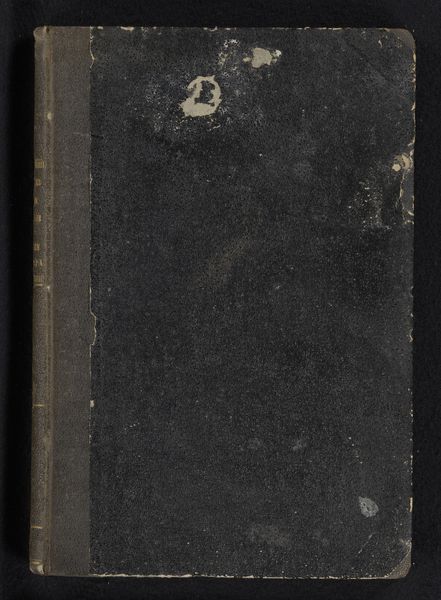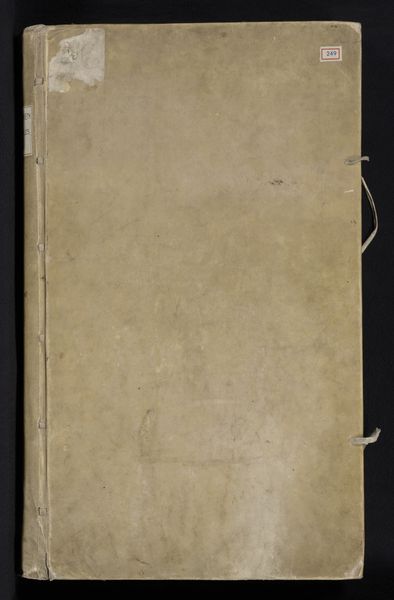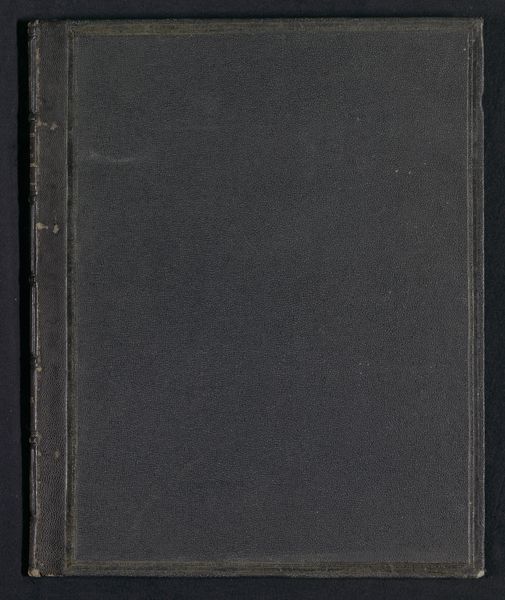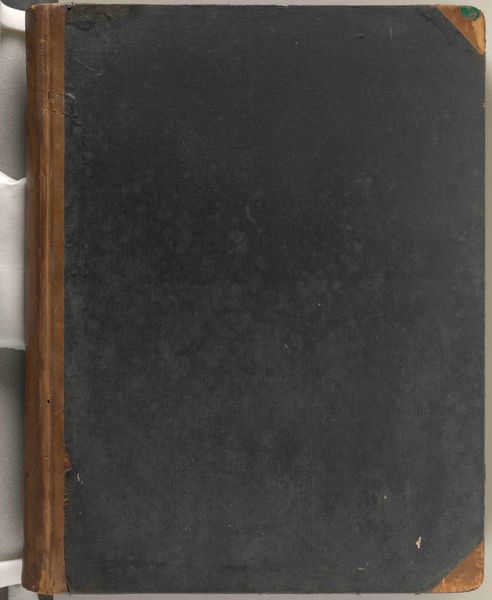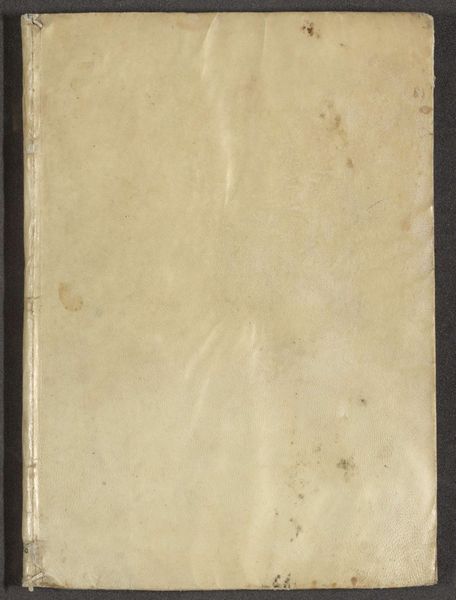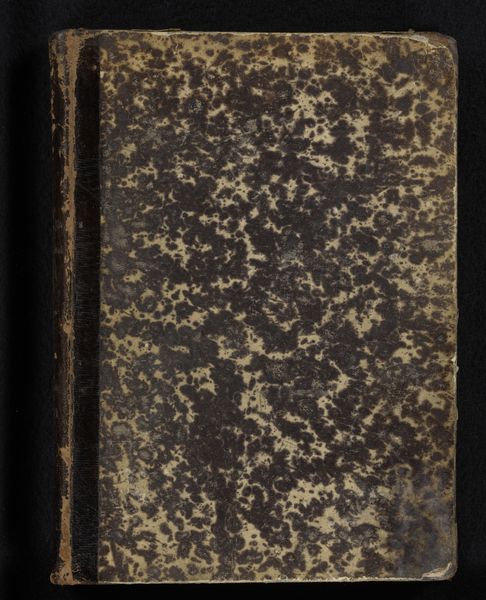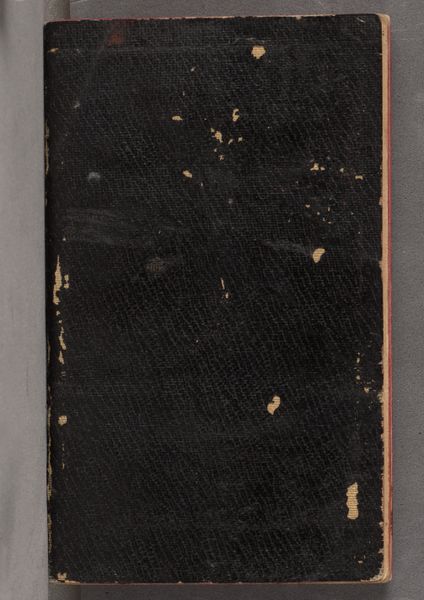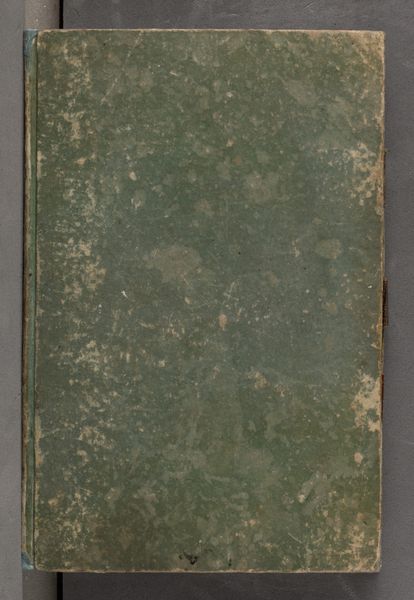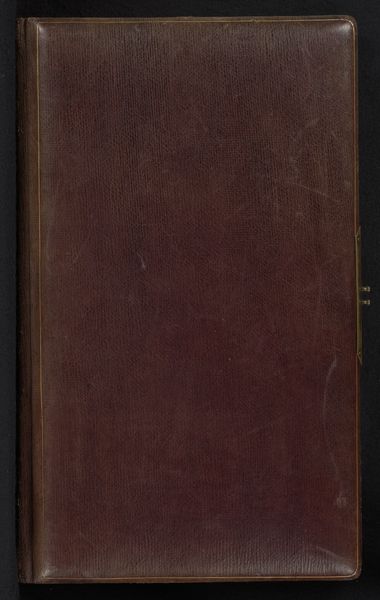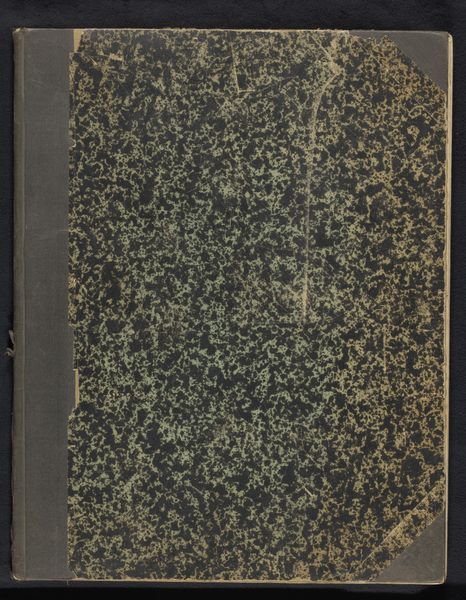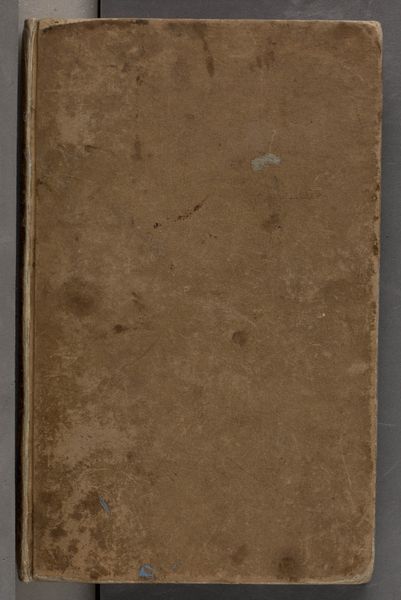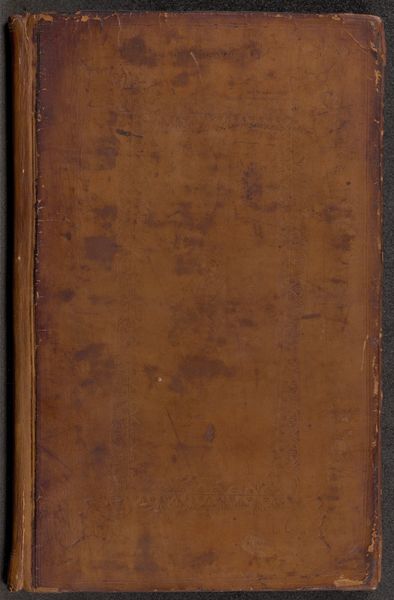
print, paper
# print
#
paper texture
#
paper
Dimensions: height 345 mm, width 265 mm, thickness 15 mm
Copyright: Rijks Museum: Open Domain
Editor: Here we have "Le moniteur de l'horlogerie / Le moniteur de la bijouterie", created in 1867, crafted from humble materials, paper and print. There’s a kind of melancholic beauty to this piece. I get a palpable sense of age. What story do you think it's whispering? Curator: Ah, I feel that melancholy too. Like an old book pulled from a forgotten shelf. It makes me think about time itself, both the passage of it and the attempt to capture it – which is wonderfully ironic given that it's a piece connected to clock-making. It seems so fragile, doesn’t it? As if time has been actively nibbling at its edges. What sort of questions do you have about the work that pop up for you? Editor: You nailed it, time’s arrow and all that. But that nibbled corner, the foxing on the paper... they feel intentional, almost performative. Are we meant to consider the beauty *in* decay, not just despite it? Curator: I think that’s precisely it. We're conditioned to prize pristine objects, but here, the flaws *are* the art. Each blemish is a tiny timestamp, a ghost of hands that have turned these pages, minds that have absorbed its contents. The question it begs is, what becomes more beautiful through the marks of time? What holds even more beauty because of that decay? And then can we consider a wrinkle more of a map than a flaw? Editor: Wow. I came expecting a history lesson on 19th-century watchmaking. Now, I’m pondering mortality and the allure of imperfection. Curator: Exactly. Isn't that the lovely power of art: to spin the expected into something profoundly unexpected? It whispers to us, you know.
Comments
No comments
Be the first to comment and join the conversation on the ultimate creative platform.
